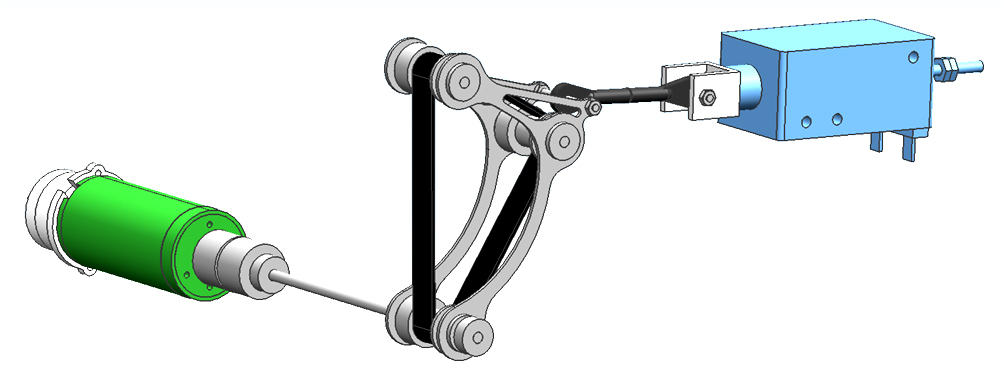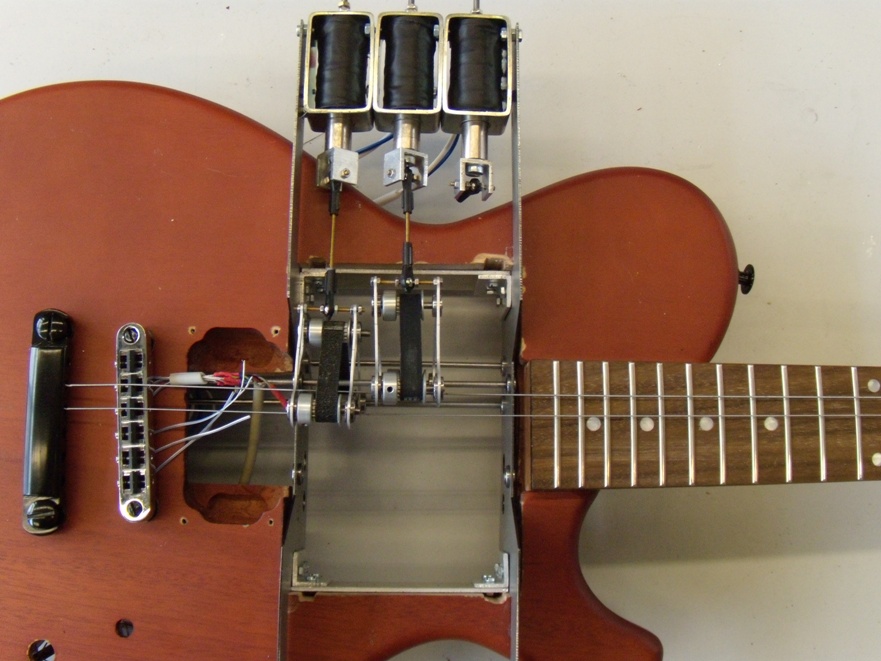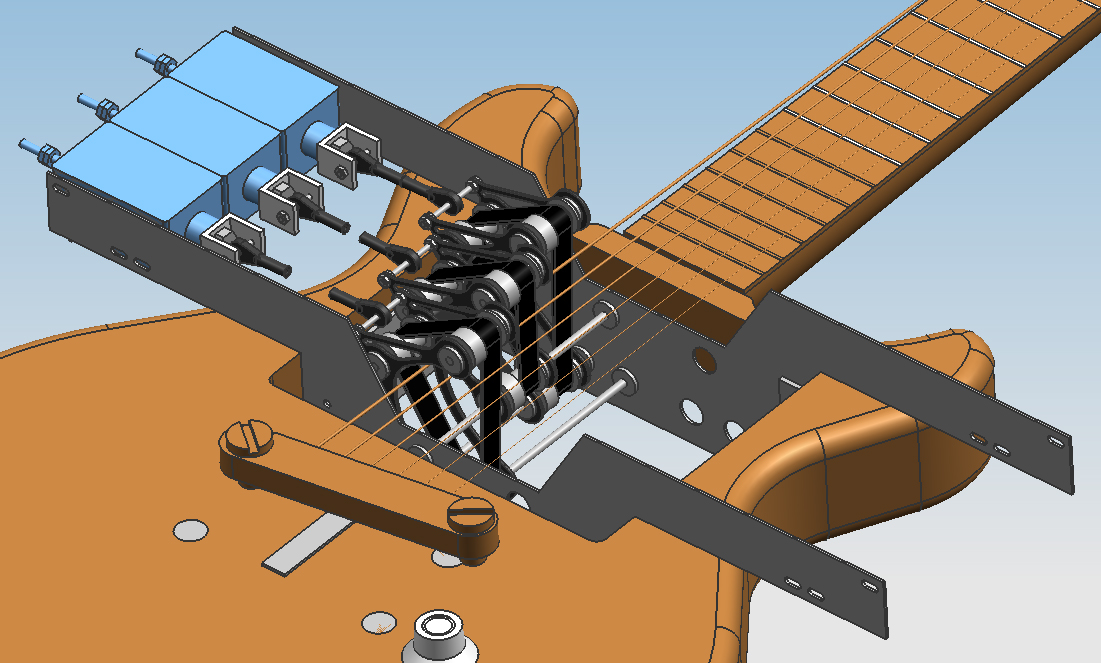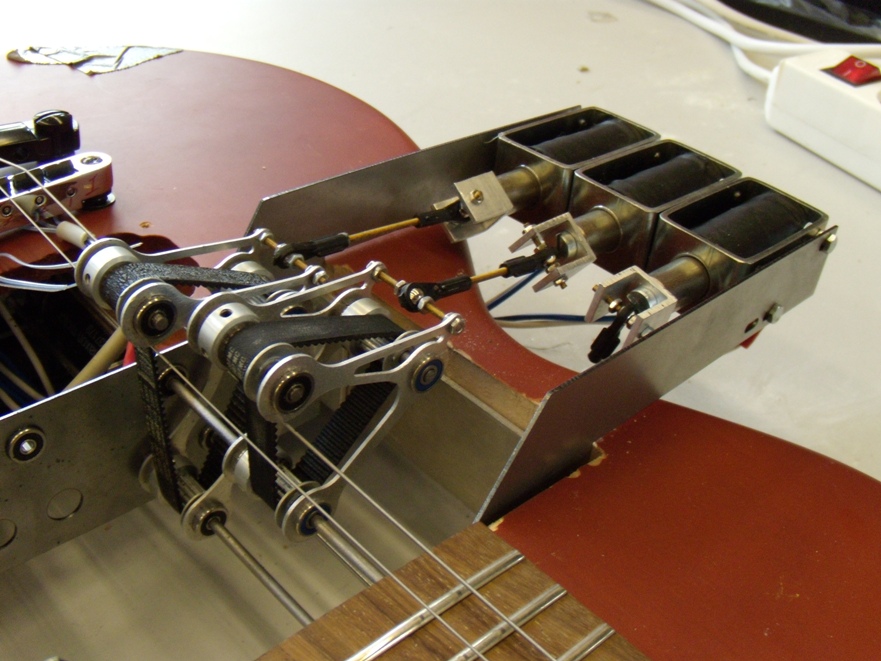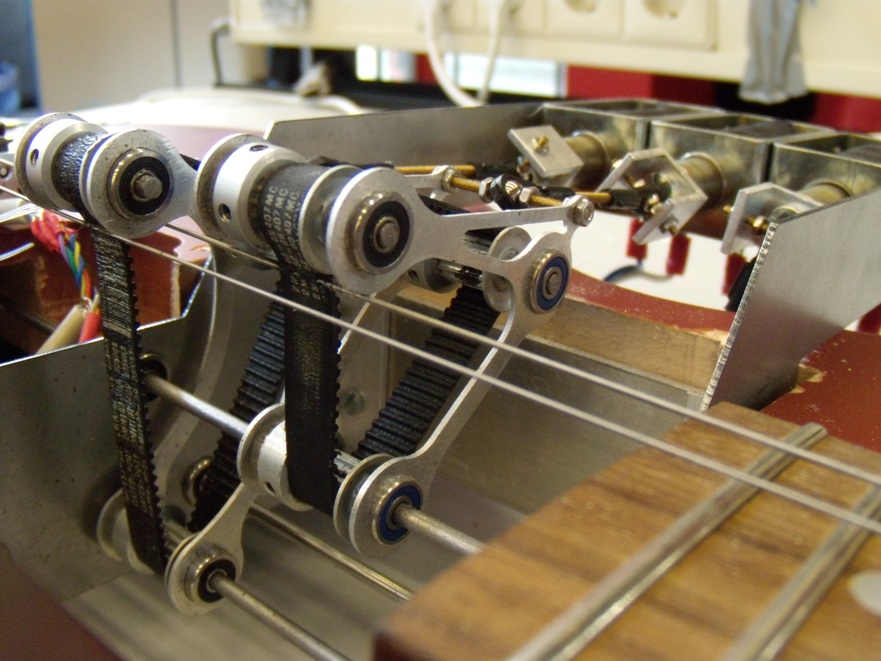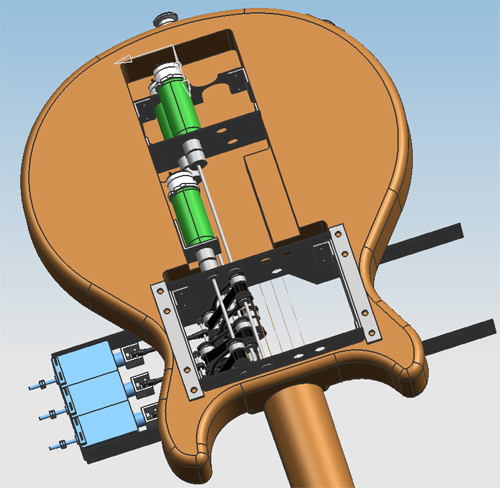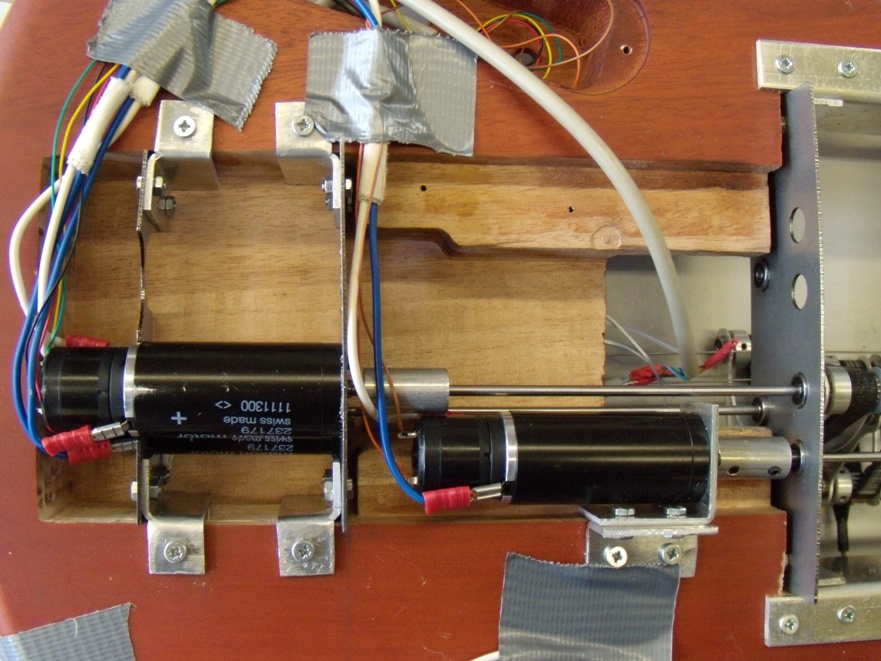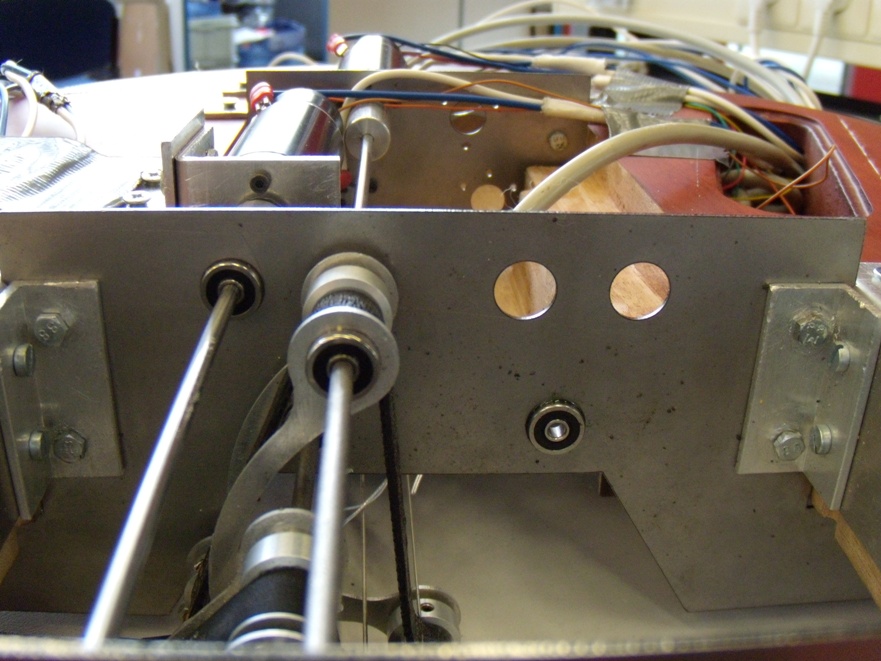|
|
| (26 intermediate revisions by one other user not shown) |
| Line 6: |
Line 6: |
| | rowspan="2" class="BGorange1" valign="middle" style="text-align:center; padding:.6em 10px .6em 10px; background-color:#A9D0F5; border-top:2px solid #2E9AFE; border-bottom:2px solid #2E9AFE" | | | | rowspan="2" class="BGorange1" valign="middle" style="text-align:center; padding:.6em 10px .6em 10px; background-color:#A9D0F5; border-top:2px solid #2E9AFE; border-bottom:2px solid #2E9AFE" | |
| <h1 style="font-size:180%; border:none; margin:0; padding:0"> | | <h1 style="font-size:180%; border:none; margin:0; padding:0"> |
| '''Viotar project group - Proof of concept''' | | '''Realisation and Proof of concept''' |
| </h1> | | </h1> |
| <div style="position:relative; top:.25em; font-size:100%">'''<br/>William Schattevoet<br/>David Duwaer<br/>Eric Backx<br/> Arjan de Visser'''</div> | | <div style="position:relative; top:.25em; font-size:100%">'''<br/>William Schattevoet<br/>David Duwaer<br/>Eric Backx<br/> Arjan de Visser'''</div> |
| Line 30: |
Line 30: |
| <h1 style="font-size:180%; border:none; margin:0; padding:0"> | | <h1 style="font-size:180%; border:none; margin:0; padding:0"> |
| '''Welcome''' | | '''Welcome''' |
| </h1><br/>Welcome to the wiki page of the Viotar project group. On this page we will keep track of our progress during the project. This way everybody can see the progress we’re making on the Viotar and we can organize the information we gathered. Feel free to take a look around. <br/> In order to keep the wiki organized we divided it into several sub pages. By clicking the links in the textbox on the left the other page’s can be viewed. This front page only contains the global information, like the planning and approach of the problem. | | </h1><br/>After al the designing was done the actual Viotar was assembled. All the part were ordered and put together. The results are viewed on this page. Clicking the images will result in a larger picture. |
| |} | | |} |
| | <br/> |
| | {| cellpadding="10" |
| | |-valign="top" |
| | | style="border:2px solid #00FF33; background-color:#CCFF99"| |
|
| |
|
| | ==The final assembly== |
| | After the Viotar was completely designed in NX5 the actual ordering of the parts and the assembly was done. The design process is described on the Hardware design page, this page will show the final results after the assembly of the parts. Drawing every part and making the assembly in NX5 did take a lot of time and effort, but during the actual making of the Viotar this time and effort definitely helped us a lot. Because the assembly was already made in NX5 all the parts did fit perfectly when they arrived and making the Viotar in real life was quite easy. The figures below show the design of the complete assembly as it was made in NX5 and photographs of the actual assembly. From these photographs it can easily be seen that they are exactly the same, no changes had to be made in order for the assembly to fit. |
|
| |
|
| | | {| align=center padding=0 cellspacing=0 style="background:#CCFF99" width="1215px" |
| | |
| == Motivation==
| |
| | |
| During the last century electronic instruments became immensely popular, the electronical guitar as an excellent example. Electronic bowing instrument on the other hand never really became popular. This leads to the questions, why didn’t the electronic bowing instrument become as popular as the electronical guitar? There are several reasons that can explain this phenomenon. The existing electronical bowing instruments are modeled the same way as the traditional acoustic bowing instrument. Therefore these instruments also have the same shortcomings and difficulties the traditional acoustic bowing instruments have. These shortcomings are:
| |
| *Very difficult to play (a wrong combination of bowing speed and bowing force results in a scratching sound).
| |
| *The traditional acoustic bowing instrument have a very limited sound range.
| |
| *It’s impossible to play chords, at most 2 strings at the same time.
| |
| *The traditional acoustic bowing instrument don’t have the good ergonomics guitars have.
| |
| These points motivated us to make an electronical bowing instrument that doesn’t have these shortcomings. This means that we want to make an instrument which can play chords. Or, to be more specific, an instrument on which more than 2 strings can be excited at the same time. Therefore it is not possible to use a bow anymore, because with a bow it’s only possible to excite 1 ore all strings. Because of this the ergonomics of the traditional acoustic bowing instrument can be changed into something more hand able.<br/> With the new instrument exciting the string with the right combination of bow force and bow speed is not longer the responsibility of the player. The Viotar has to make sure that the right combination of bow force and bow speed is used. These demands imply that some kind of mechanical bowing device has to be used to excite the strings. This device has to be able to bow all combinations of strings and do that with the right combination of bow force and bow speed. These demands also made us decide that a electronical guitar would be a good instrument for a prototype.
| |
| | |
| == List of demands ==
| |
| From the above stated properties of the Viotar the next quantities are formulated:
| |
| *The sound had to be generated by the strings and after that it gets electronically processed.
| |
| *All the strings can be excited in every combination ore at the same time.
| |
| *The amplitude of the note can be varied from the minimum to the maximum during the excitation of the string. The minimum and maximum are set by the bowing pressure and force at which Helmholtz is reached.
| |
| *The Viotar must be capable of playing 18 different notes each second on one string.
| |
| *The Viotar must be capable of playing 18 different notes on different string separately.
| |
| *The string is always excited in such way that Helmholtz occurs, regardless of the player’s skill.
| |
| *The Viotar is also playable as a normal guitar. Therefore is must be possible to excite the string manually on the Viotar.
| |
| *The Viotar’s tone reach has to be from base to soprano, the lowest note has to be lower than E<sub>4</sub>, and the highest note has to be higher than A<sub>5</sub>.
| |
| | |
| ==Road map==
| |
| | |
| To tackle the stated problem, the following road map has been made. The planning that follows later, is also based on this road map.
| |
| | |
| # Concept
| |
| #* What do we want?
| |
| #* Why? (motivation)
| |
| # Definition
| |
| #* Design requirements
| |
| # Design
| |
| #* Literature
| |
| #* Model
| |
| #* Controller + mechanics
| |
| #* Doing experiments with different types of mechanics and choose one
| |
| #* Ergonomics
| |
| #* Doing experiments with different ergonomics
| |
| #* Final design
| |
| # Preparation
| |
| #* Order parts for prototype
| |
| # Production
| |
| #* Prototype
| |
| # Evaluation
| |
| | |
| ==Planning==
| |
| | |
| {| align=center padding=0 cellspacing=0 style="background:#f9f9f9" | |
| |- | | |- |
| | style="font-size:85%; border:1px solid #cccccc; padding:3px 3px 0px 3px" | | | | style="font-size:85%; border:1px solid #cccccc; padding:3px 3px 0px 3px" | |
| {| align=center padding=0 cellspacing=0 width=100% style="background:white"
| | [[File:Design06img06.jpg|800px]] [[File:Viotar_001.jpg|400px]]<br/> |
| |- | | Left: The complete assembly for the actuation of one string.<br/>Right: A top view of the Viotar completely assembled for actuating two string.<br/><br/> |
| | style="font-size:0%; border:1px solid #cccccc; padding:0px 0px 0px 0px" align=center | | | [[File:Design06img01.jpg|400px]] [[File:Viotar_002.jpg|400px]] [[File:Viotar_003.jpg|400px]]<br/> |
| [[File:Planning.PNG|1100px]] | | Left: The Solenoids and belts as they were designed in NX5.<br/>Middle and Right: The actual assembly of the solenoids and bowing belts.<br/><br/> |
| |- | | [[File:Design06img02.jpg|400px]] [[File:Viotar_005.jpg|400px]] [[File:Viotar_006.jpg|400px]]<br/> |
| |} | | Left: The bottom side of the Viotar, as it whas designed in NX5.<br/>Middle and Right: The bottom side of the Viotar when it whas actually assembled. |
| De tijdsplanning van het Viotar project.
| |
| |- | | |- |
| |} | | |} |
| | <br/> |
| | One thing that probably draws the attention is the fact that the photographs only show the assembly for actuating two strings. This was not the intention but the funds that were available did not allow us to make the actuation for all six strings. The fact that we managed to assemble the Viotar exactly as we made it in NX5 does prove that it is technically possible to make the assembly where all six strings are actuated, only more funds have to be raised in order to do so. |
| | |
| | ==Proof of concept== |
